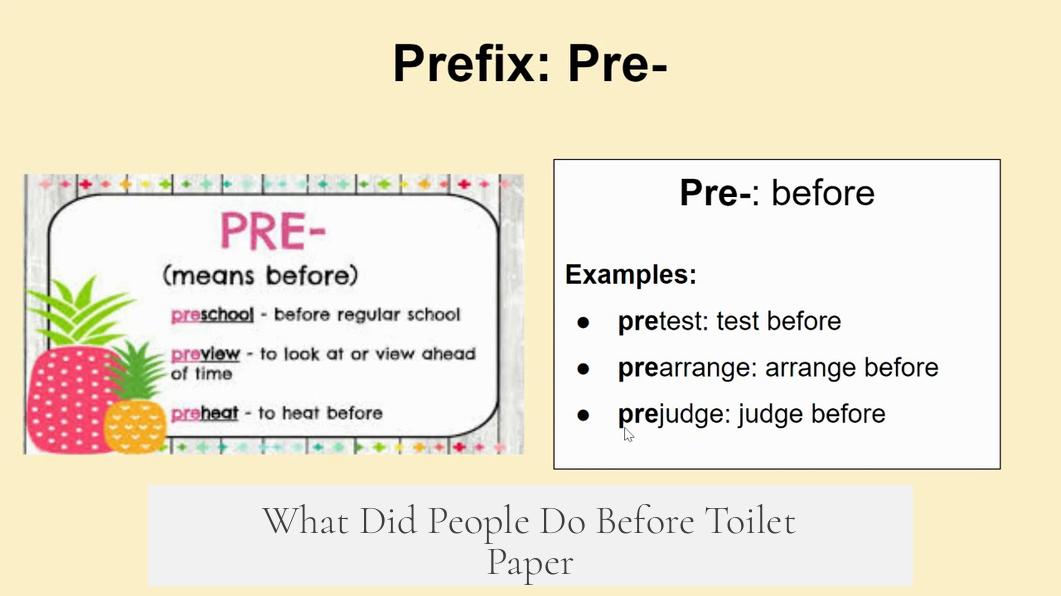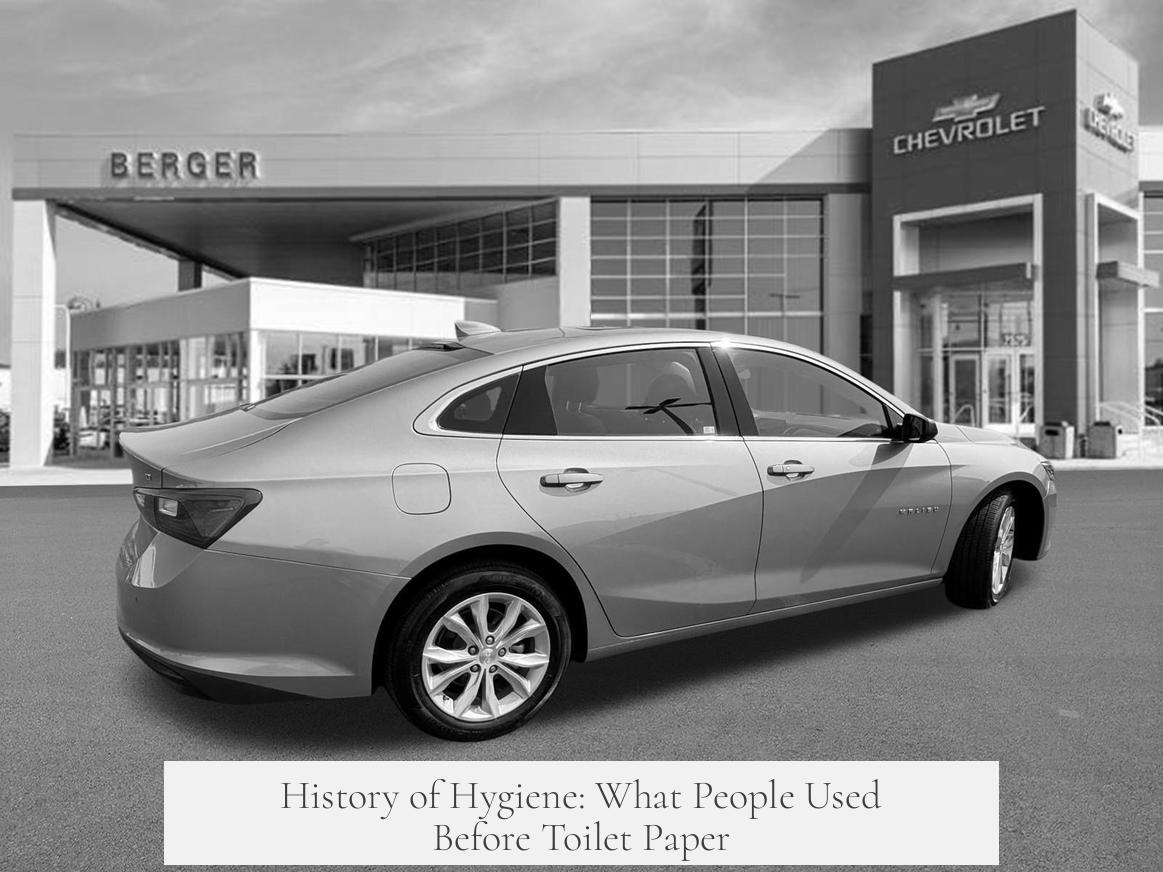Before toilet paper became common, people used various materials and methods for cleaning after defecation. These practices varied widely across cultures and eras, reflecting local resources and customs.
In ancient Rome, people often used a sponge attached to a stick, known as a *tersorium*. This tool was reusable after rinsing in water or vinegar and likely evolved from even earlier forms of cleansing instruments. The Romans valued cleanliness and developed this method to maintain hygiene in their public latrines.
In the United States before mass-produced toilet paper, a variety of substitutes were common. Pages from catalogs, such as the Sears Roebuck catalog, often served as disposable options. Some rural areas used corn cobs, which people sometimes boiled to soften for gentler cleaning. Tree leaves were another frequent choice, depending on what was available locally.
Hand washing has been a consistent practice in many cultures, especially where water is readily accessible. In much of the Middle East, people clean with water and their left hand, reserving the right hand for eating and social interaction. This cultural habit also explains why the left hand is considered unclean in these societies. The use of water emphasizes cleanliness and environmental sustainability—methods still prevalent in parts of India and the Middle East today.
In Western Europe, before toilet paper, leaves, rags, or cloths attached to sticks were utilized. The earliest bidets, shaped like small buckets, provided water for rinsing after cleaning. Some accounts describe wiping tools resembling mops—sticks with soft material fixed to one end—as common devices for this purpose.
In England, prior to widespread toilet paper use, old telephone books sometimes hung in bathrooms as makeshift wiping paper. Literature also references creative names for wiping methods; for example, Rabelais mentioned a “torchecul” or “wipebreech,” a specialized cloth used for personal hygiene.
- Romans used sponges on sticks, a reusable cleaning tool.
- Before commercial toilet paper, Americans employed catalog pages, corn cobs, or leaves.
- Many cultures relied on water and hand washing, with the left hand designated for cleaning.
- Western Europe used leaves, rags, and early bidets for cleansing.
- In England, old phone books served as wiping material in some homes.
This variety reflects the pragmatic adaptation to available materials, cultural norms, and hygiene concepts before the invention and mass adoption of toilet paper.
What Did People Do Before Toilet Paper?

Before the age of fluffy rolls, what did folks use to clean up? The short answer: a mix of nature, invention, and some rather creative solutions. The history of personal hygiene after nature’s call is a fascinating peek into human ingenuity and culture. Let’s unravel this slightly awkward but totally essential piece of history.
Picture the ancient Romans. They didn’t exactly have the luxury of soft, scented sheets lined up on a spindle. Instead, they used sponges—attached to sticks. Yes, sponges on sticks. These reusable sponges sat in a bucket of salt water or vinegar to keep things clean. Some historians suggest this method might date even earlier than Rome’s heyday.
So, the idea of a “wipe on a stick” isn’t new, though maybe the sponge bit sounds a bit like ancient tech, sort of like an early DIY bidet. These tools were practical and reusable, which really brings a sustainable vibe even back then.
Across the US Frontier, Before Mass-Produced Toilet Paper
Travel to early America and what do you find? No Charmin on the shelves. Think instead of old catalog pages, every bit of scrap paper that came handy. The Sears catalog was basically a bathroom essential at some point. But here’s a tip from history: boiled corn cobs. Boiling softened those prickly cobs, making them less scratchy and more “comfortable.”
Leaves found their fame too—nature’s original wipes. Tree leaves, soft and abundant, provided a free alternative. Though not always as farm-fresh as you might hope. It’s a vivid reminder that convenience is king.
The Power of the Hand and Water

Across many parts of the world, the most important tool for personal cleaning isn’t paper—it’s the hand. Yes, the humble hand gets VIP status in many cultures for hygiene.
In India and many Middle Eastern countries, the left hand is the hygiene hand. After attending to your business, water is the cleanser, and then the hand gets a thorough wash. This method, still widely used, is remarkably eco-friendly, causing no waste other than water consumption. The social etiquette around using the left hand also goes deep; in fact, offering food with the left hand is considered rude. Practical and polite—double points.
In Western societies, before toilet paper was everywhere, water and cloth combinations were common. The bidet, now a hallmark of French comfort, started as a simple washing bucket designed with practical rinsing in mind. It’s a neat piece of design that’s seeing a comeback worldwide.
Odd and Interesting Tidbits from England and Literature
In England, not too far back in the day, bathrooms might feature a hung-up old phone book. Imagine flipping through those pages while… well, you know. The sturdy, glossy paper made a surprisingly consistent replacement.
Rabelais, in his book Gargantua, humorously mentions a “torchecul” or “wipebreech” — basically an early innovation in hygiene, highlighting humanity’s long-standing quest for comfort in this delicate matter.
So, What Can We Learn?

If you find yourself ever wondering what people did before toilet paper rolls were invented, the answer lies in resourcefulness and culture. From sponges and sticks to corn cobs and catalog pages, humans have always adapted based on environment and technology.
Thank goodness for modern convenience, but a little nod to ancestors who managed it with scrappiness and style, right?
Quick Tips If You Ever Find Yourself Without Toilet Paper
- Use water and your hand (just wash well afterward) — it’s the oldest, most reliable method.
- Leaves or soft plant materials can serve in an emergency, but beware of irritants.
- Old paper products like catalogs, newspapers, or phone books can substitute temporarily.
- If feeling brave, a tightly wrapped sponge on a stick is surprisingly effective and sustainable.
The take-home message? Hygiene isn’t new technology’s exclusive domain. It’s rooted in tradition, culture, and simple solutions—sometimes a bit surprising.
What strange or surprising hygiene practices can you imagine from history? Or, if you’ve encountered non-traditional ways in your travels, share your story! After all, understanding what came before can give us a whole new appreciation for our good ol’ TP roll.




